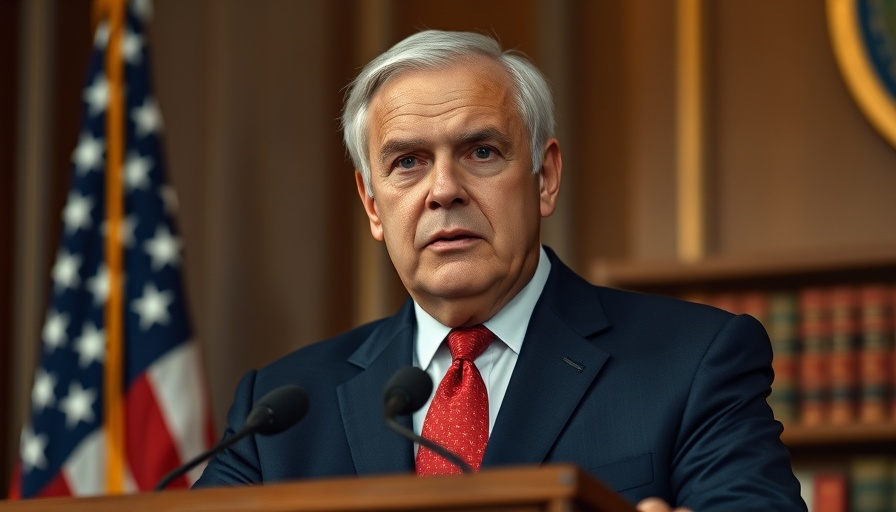
Trump's Tariffs: The New Economic Landscape
As of March 2025, President Trump's administration has imposed significant tariffs impacting trade relations with Canada, Mexico, and China. With a 25% tax on imports from Canada and Mexico and a doubling of tariffs on China from 10% to 20%, the economic effects are poised to ripple through sectors that rely heavily on these trading partners.
Immediate Reactions and Retaliations
Beijing has responded swiftly, implementing additional tariffs of 10% to 15% on selected U.S. products, such as soybeans and pork. Similarly, Canada and Mexico are bracing for potential economic repercussions. Canadian Energy Minister Jonathan Wilkinson has warned of impending price increases in gasoline and other essentials, anticipating that U.S. consumers will feel the pinch at the pump. President of Mexico, Claudia Sheinbaum, has indicated a willingness to retaliate pending assessment of the full scale of the U.S. tariffs.
The Broader Economic Implications
The tariffs come in the wake of a long-standing trade war that experts suggest could reduce U.S. GDP by approximately 0.1% for both Canada and Mexico and a 0.2% for China without accounting for retaliatory measures. Economists warn that while the tariffs might generate federal revenue, estimated annually at around $100 billion, they also risk triggering inflation across consumer goods, particularly in the automotive and food sectors.
Impact on American Consumers
The U.S. market could see a significant surge in prices stemming from the tariffs. With Mexico being a leading supplier of fresh produce and automotive parts, any increase in import costs will likely culminate in higher retail prices for consumers. The agricultural and automotive industries, in particular, are already anxious about rising production costs, which could add thousands of dollars to the price of cars and escalate grocery bills nationwide. This could push some consumers to seek alternative products, impacting retail sales overall.
The Uncertain Future Ahead
Facing these new tariffs, U.S. businesses must navigate an evolving trade landscape filled with uncertainty. Retaliatory tariffs could further exacerbate the economic strains felt domestically, particularly in states heavily reliant on trade with Canada and Mexico. Approaching negotiations with these countries amid such tensions may prove to be challenging for the Trump administration moving forward.
Conclusion: The Cost of Protectionism
The economic landscape is shifting under the weight of these tariffs. Trump’s declaration that Americans may feel "some pain" indicates a willingness to sacrifice short-term comfort for long-term gains. However, the reality for American consumers could create backlash against the administration’s policies, as higher prices and potential shortages loom large amidst these international tensions.
 Add Row
Add Row  Add
Add 




 Add Row
Add Row  Add
Add 

Write A Comment